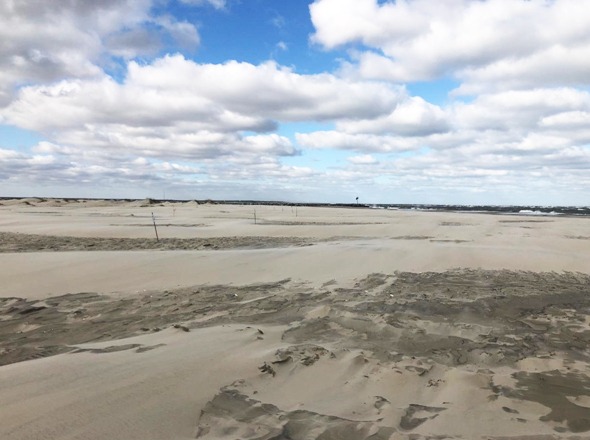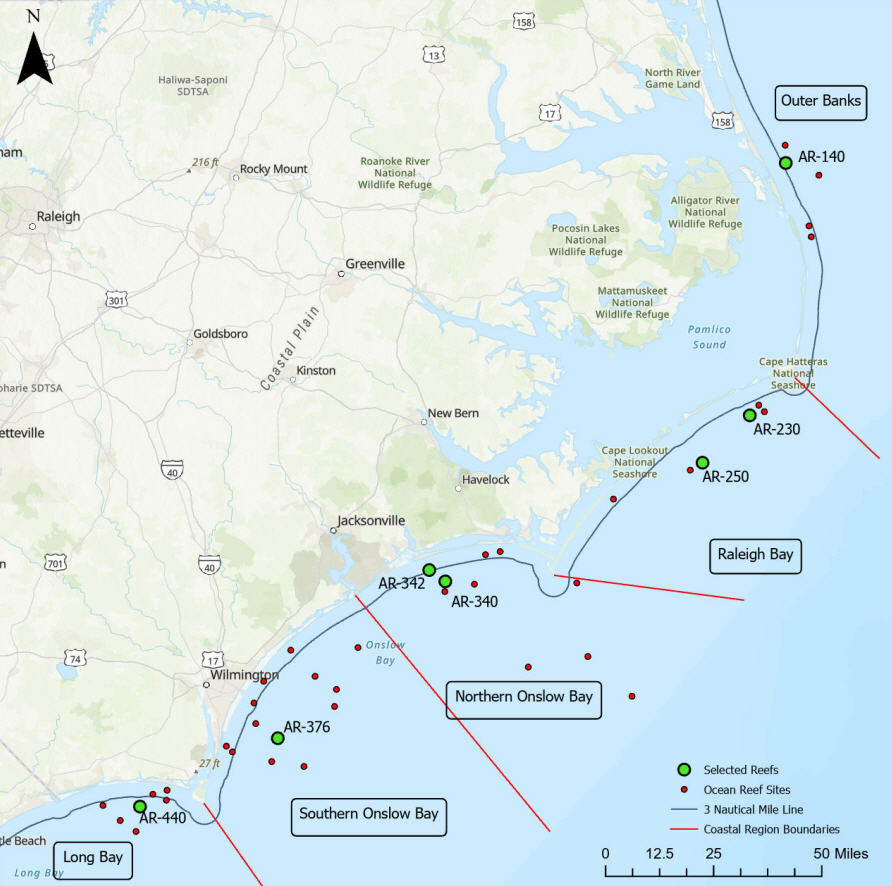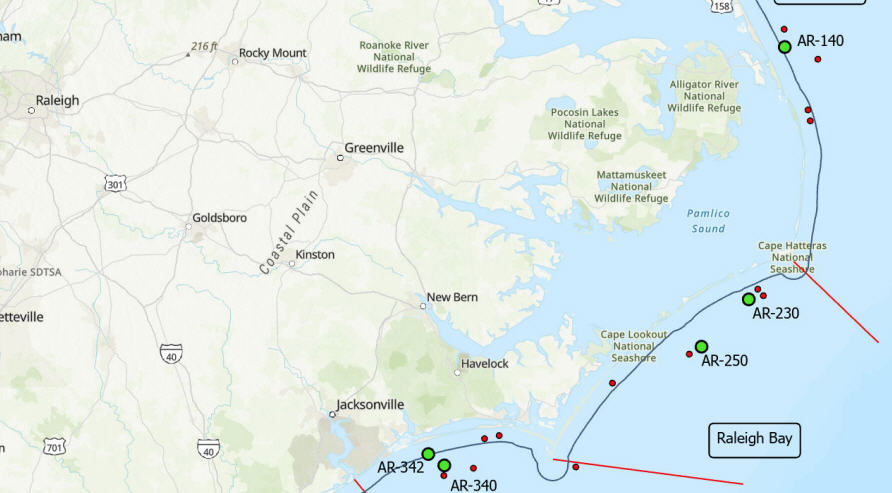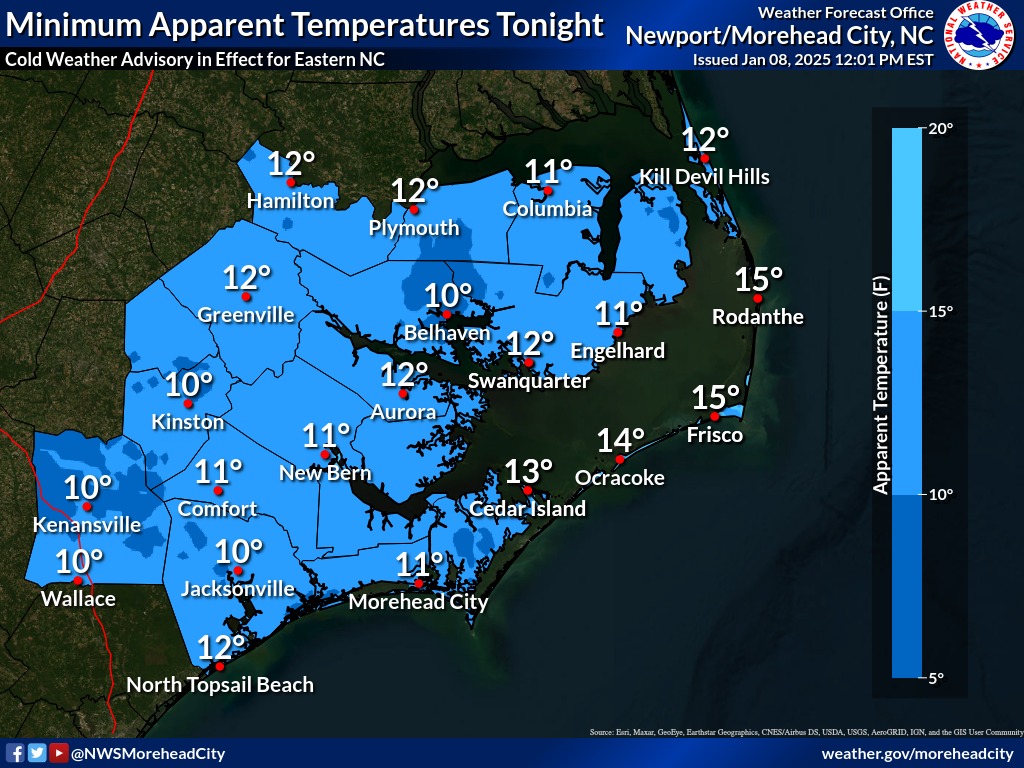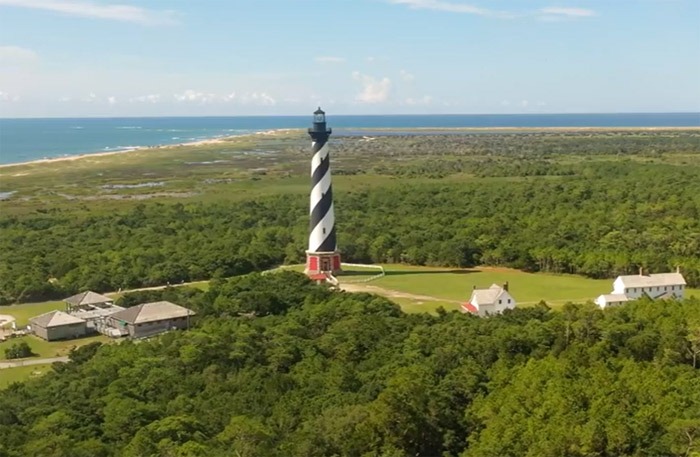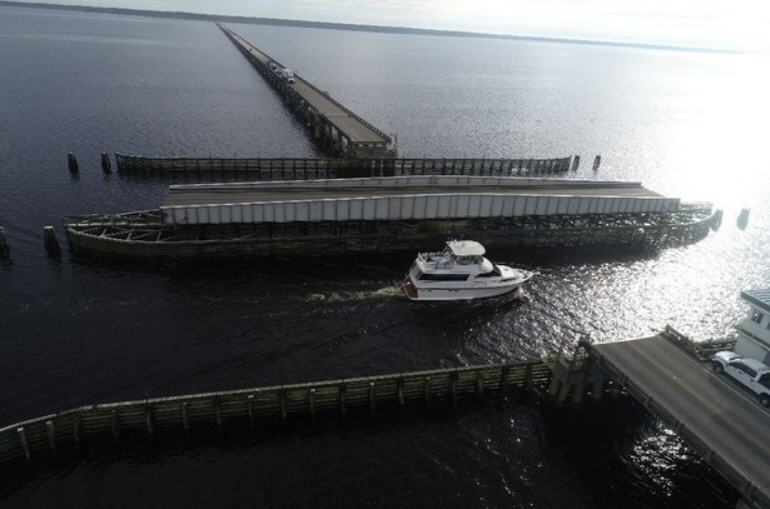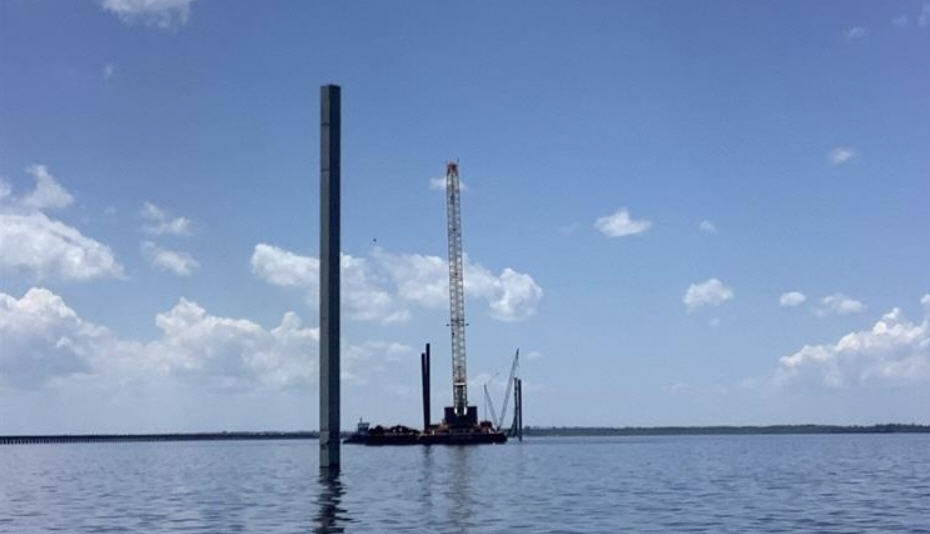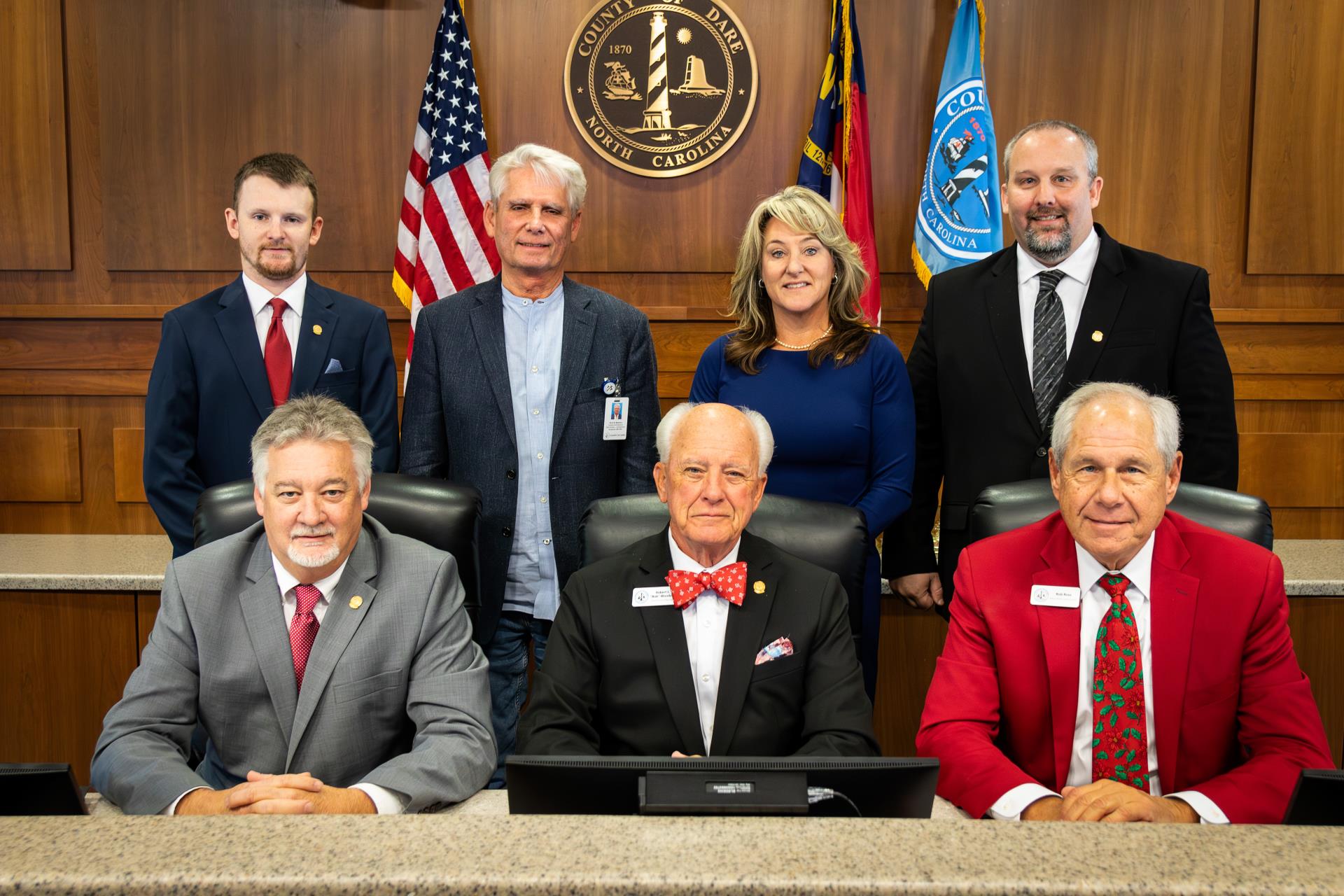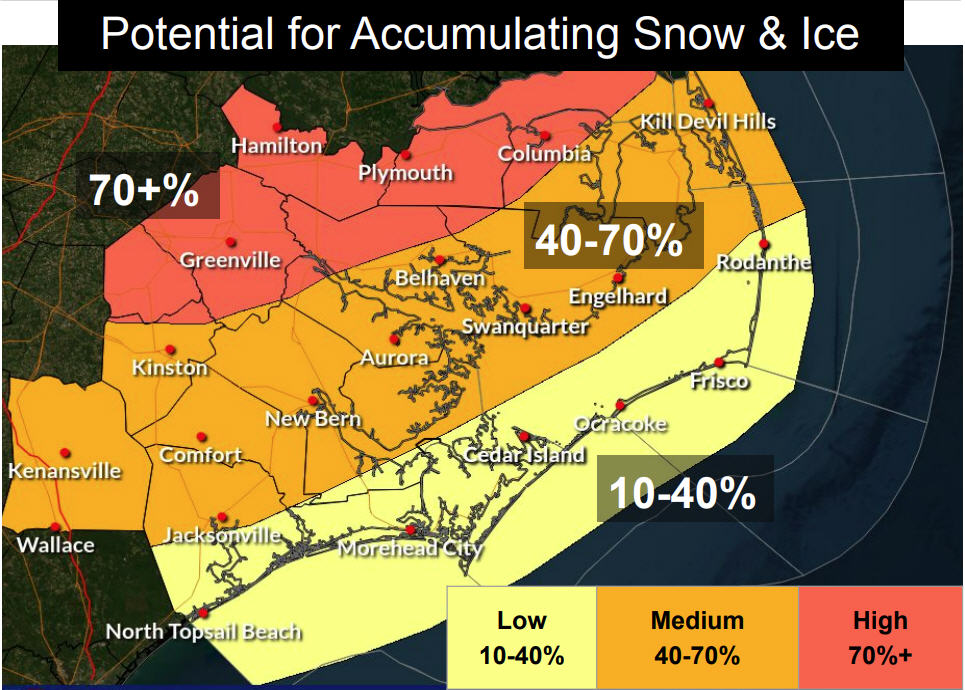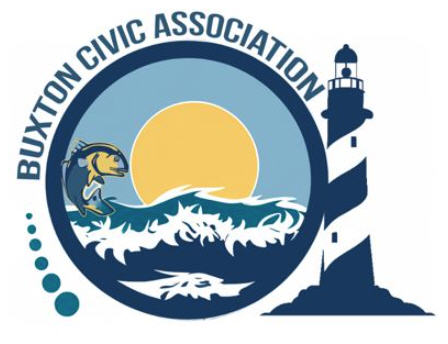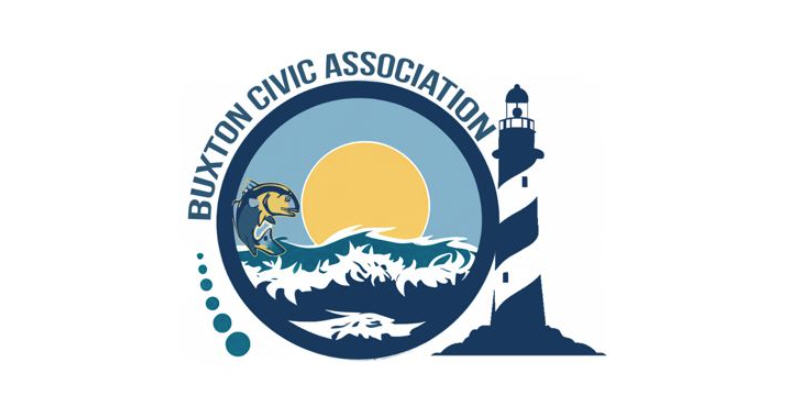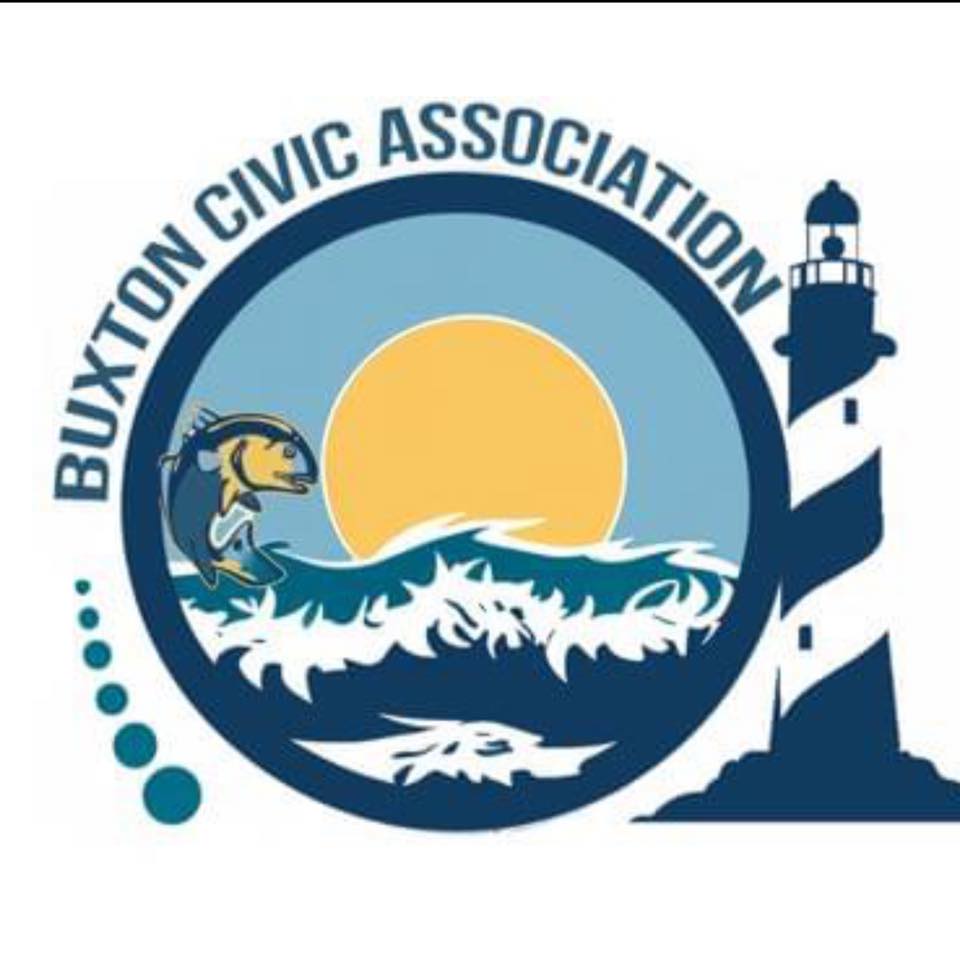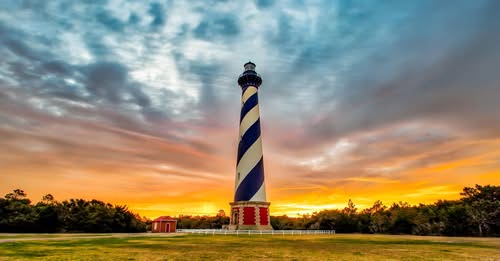Habitat Restoration Work Begins at Pea Island National Wildlife Refuge

Habitat restoration activities begin this week on Pea Island National Wildlife Refuge. Partners at the North Carolina Department of Transportation (NCDOT) and contractors with Barnhill Construction will excavate sand behind the Oregon Inlet Terminal Groin in order to improve habitats for migratory birds.
Sections within a 3-acre area will be dug out to create open water inter tidal pool areas for multiple shorebird species. Approximately 25,000 cubic yards of sand will be excavated and deposited on the upper beach adjacent to the work area.
Work will begin January 27th and is estimated to take 1-3 weeks to complete (weather permitting).
As part of the ongoing planning efforts with the NC 12 Transportation Management Plan, NCDOT requested a new permit from Pea Island National Wildlife Refuge to retain the Oregon Inlet Terminal Groin. When the Terminal Groin permit was updated in 2012, it required several monitoring and management conditions, including moving sand to create suitable habitat conditions for migratory birds or other federal trust species within 0.5 miles of the terminal groin.
It was anticipated that habitat management would be necessary for approximately 2-5 years, depending upon storm frequency and intensity, and habitat monitoring results. Moving sand to create better habitat has occurred several times in the past 10 years, in the winters of 2008, 2011, and 2014. This work creates moist sand and inter-tidal pool habitats with non-vegetated shoreline. The coarse shell substrate improves habitat quality for nesting shorebirds and waterbirds.
These habitats are important areas for foraging, breeding, and nesting activities of many different shorebirds – Piping Plovers, Black Skimmers, American Oystercatchers, and Least Terns.
All activities will be completed by the end of February to minimize disturbance to early arriving migrant and breeding birds. Construction areas, especially those using heavy equipment, are inherently dangerous for people.
Please avoid visiting this site for the next few weeks until the work is complete. The area immediately adjacent to the terminal groin will remain accessible to the public.
